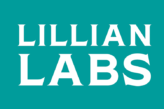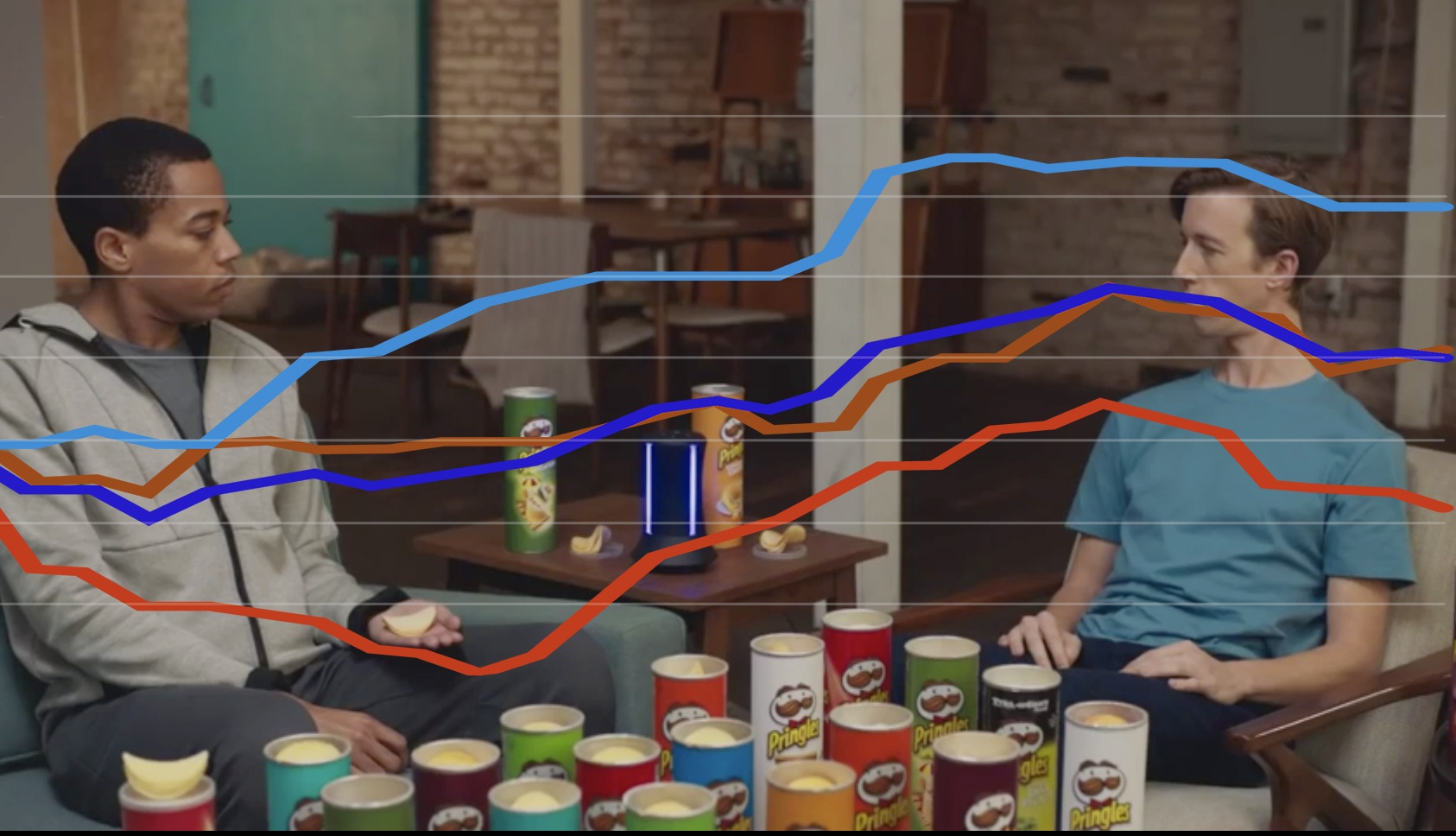
Focus groups are hard. They are also revealing. But you have to know the tricks of the trade to really garner insights that are deep and valuable. And you can’t have a loud respondent or human memory errors get in your way to the truth. Here are some tricks for moderating around common pitfalls.
For me, I use a lot of language tricks to stay on-task. But I also employ technology that brings a level of Quant to my Qual.
While a lady never reveals her age, I will say that in my many years in market research, I’ve managed, observed, or moderated over 800 focus groups. In that time, I always thought dials were useful for just testing commercials. Now that I’ve seen dials at work, I appreciate how they change the dynamics of focus groups by addressing a few important issues.
1 Short-Circuit Biased Reactions
Biased Reactions: Sometimes a loud, overly negative respondent can hinder the ability to have a productive discussion about the positive aspects of materials being tested. Skilled moderators have techniques to minimize their bias, but the time and effort required can take away time from deeper probing and understanding. In a dial group, the moderator reviews video snippets overlaid with dial data with the group. By pointing out elements where interest peaked for at least some of the respondents, attention is easily diverted away from the negative and to the positive. And any data that is captured before the group discussion is obviously independent and unbiased. Thus, dials are an aid to identifying elements that are working or not working, even when there is a strong opposition about overall interest and/or believability.
2 Excavate Unspoken Opinions
Unspoken Opinions: Focus groups aren’t designed to hear from every respondent for every question. And some personalities are just less inclined to participate as much as others. With dials, however, all opinions are captured with every dial measurement. By comparing the instant dial data with the discussion, our moderator knows that differing opinions are present and need to be flushed out. There have been times that I thought an idea was well-received, but after collecting tally sheets after the group, discovered that some people weren’t so enthusiastic. At that point the opportunity to dig into those unspoken opinions had passed, unless dials had collected the real-time data.
3Facilitate Better Recall
Poor Recall: Respondents may try their best to be helpful and share all of their feedback, but when they are exposed to a lot of information, they simply can’t remember all of their impressions. In fact, sometimes there are easy improvements that can be made to materials, but they get lost or forgotten within the larger conversation. Moment-to-moment dips and spikes are much more reliable in identifying content to discuss vs. respondents’ memories. In fact, I’ve seen dials distinguish between different user testimonials to understand which ones are most effective, and for those that aren’t, to know if it’s because they aren’t authentic/believable, aren’t meaningful or persuasive, or just aren’t memorable.
For me, I use a lot of language tricks to stay on-task. But I also use technology to bring a level of quant to my qual.

FIRST, HOW DOES A DIAL FOCUS GROUP WORK?
You’ve seen me mention dial testing. So read further if you are a newbie to the technology–or if you want to see how it can be used to drive better focus groups.
Other than the dials, a few TV monitors, and a technician, the other group elements are consistent.
SECOND, WHAT TYPE OF STIMULI CAN be dial-TESTed?
Obviously video presentations: Product demos, tutorials, sales pitches, advertisements and infomercials. But also ideas that are more conceptual: website experiences, shopper experiences, mobile app concepts, etc.





